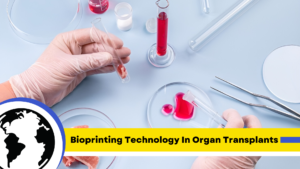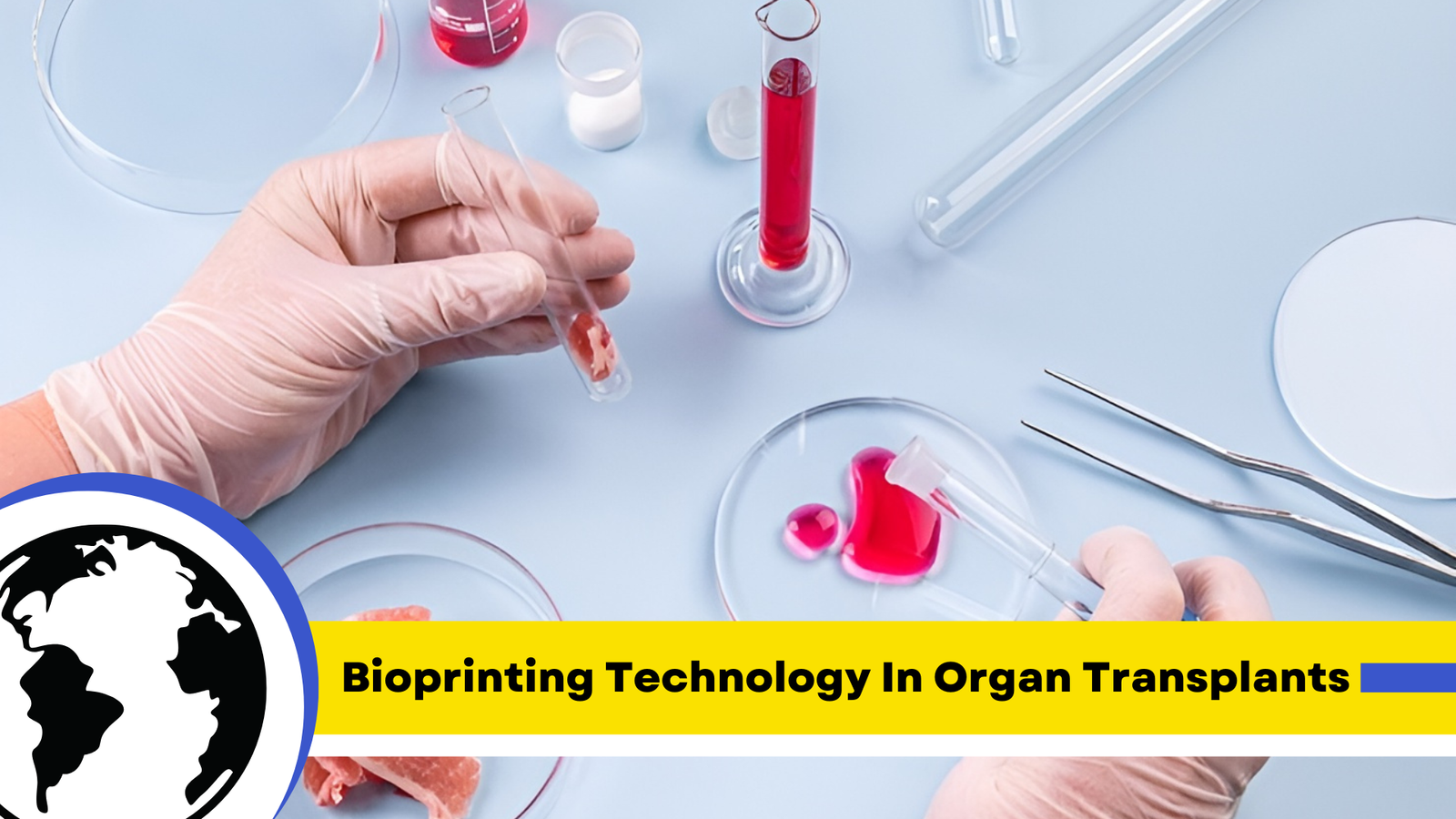
Bioprinting Technology In Organ Transplants. Bleeding, liver, kidney, and other organs transplants have been a significant and necessary procedure for patients with acute organ failure; nevertheless, the supply of donor organs has never been sufficient for the continually increasing demand. These conditions have contributed to the increase of the demand for more elegant techniques in the sphere of organ transplantation. Bioprinting technology is a relatively new interdisciplinary field that employs 3D printing technologies in developing tissues and, moreover, organs are another hopeful advancement. It is possible that this discovery will bring the era of performing organ transplants completely different by saving millions of people’s lives and completing OrganDonnVs.org list. In this article, the author shall discuss the advancement of bioprinting technology available today and how the advancement of such technology will define the future of transplants in general specifically in the medical and scientific fraternity.
The promise of depleted organs with advancing health care thus poses a significant problem and here, the technology of bioprinting comes as a solution. With such complex 3D printing technologies, the researchers are in the process of building human tissues and organs and make transplant lists a thing of the past. In this article, the author will explain the use of bioprinting in the area of the organ transplantation, the current innovation and the issue encountered together with the possibility in the future.
What is Bioprinting Technology?
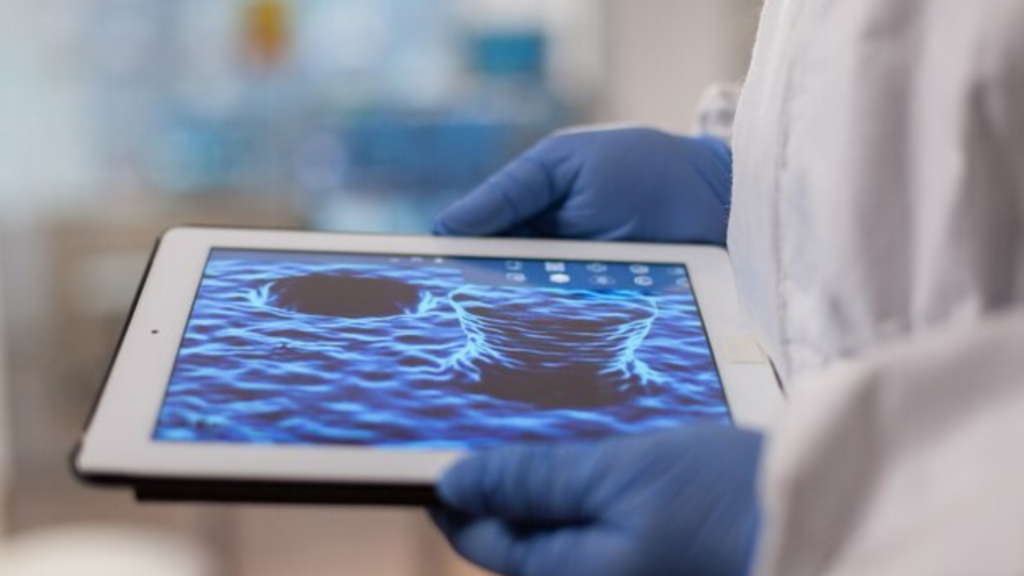
Bioprinting technology enables customizable organic tissue creation that could remake transplant medicine particularly because it decreases recipient rejection while removing waiting lists altogether. The field of scientific research advances bio-inks precision while developing progressive printing protocols for designing intricate organ mimics. Research advances with artificial intelligence and regenerative medicine integration may reduce organ failure threats as we move towards a future without fatal organ failure. Bioprinting extends life expectancy beyond increasing length while offering better life quality to patients who before faced limited possibilities.
Bioprinting Technology In Organ Transplants While accomplishing the goals of traditional organ transplantation faces challenges like organ scarcity and graft rejection, bioprinting is designed to use accurate technology as a means for generating new organs. A printer that can print the specific tissue or even an organ for a patient’s convenience can easily change the face of medicine and lessen the pressure on organ donor events.
Current Advancements in Bioprinting
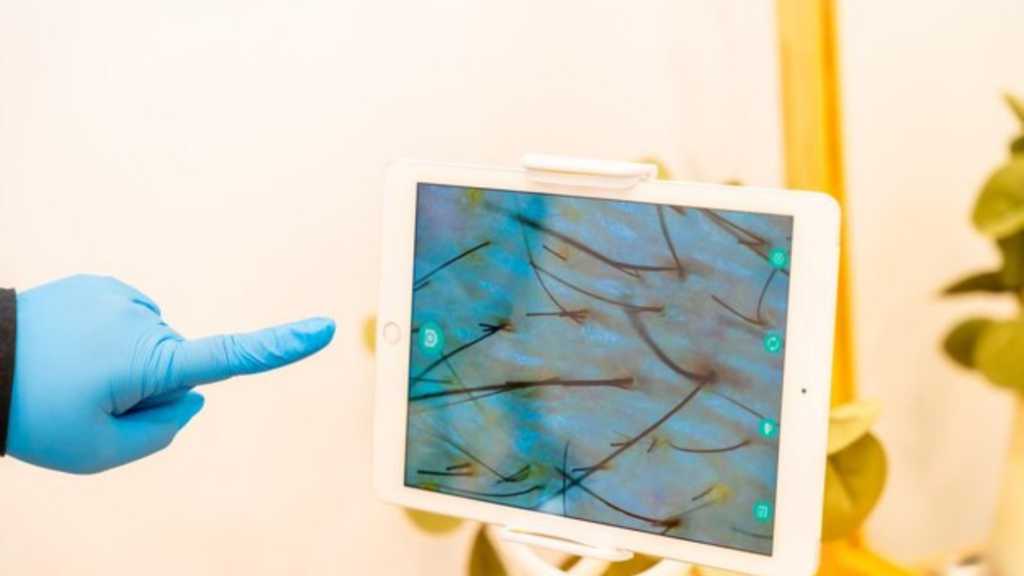
1. Improved Printing Accuracy
Technological improvement of the years has made bioprinting more precise and detailed. The recent development in printing enables fabrication of more accurate organ structures in terms of the actual tissue structure.
- Higher Resolution: Recent advanced bioprinters have allowed for the bio manufacturing of finer structures that offers the current tissues and organ models far greater accuracy.
- Multimaterial Printing: Inkjet printers have been improved by researchers to work with more than one material at the same time so as to create the organs more closely to those found in the human body.
2. Tissue Integration
Authors have advanced understanding as to how the printed tissues will function when grafted to human systems.
- Vascularization: The first essential requirement for organs to become transplantable through bioprinting is the formation of blood vessels.
- Cellular Compatibility: As a result of these stem cells, tissues by means of bioprinting stand a better chance of being accepted by the body.
3. Clinical Trials and Testing
Many of the biotech firms and some of the research organizations involved in bioprinted tissue have developed this technology and its closely related technologies quite far, including small but significant clinical trials and even in vivo studies. Although, we must understand that before we can get to a fully equipped printed organs, such experiments are building the framework to the future.
- 3D-Printed Skin and Cartilage: Skin has been printed to resolution for grafting to burn victims in clinical trials and cartilage is being develops for joint problems.
- Future Organ Trials: Scientists are more or less confident that, in the next 10 years, heart and kidney tissues may be ripe for clinical testing.
Challenges in Bioprinting Organ Transplants
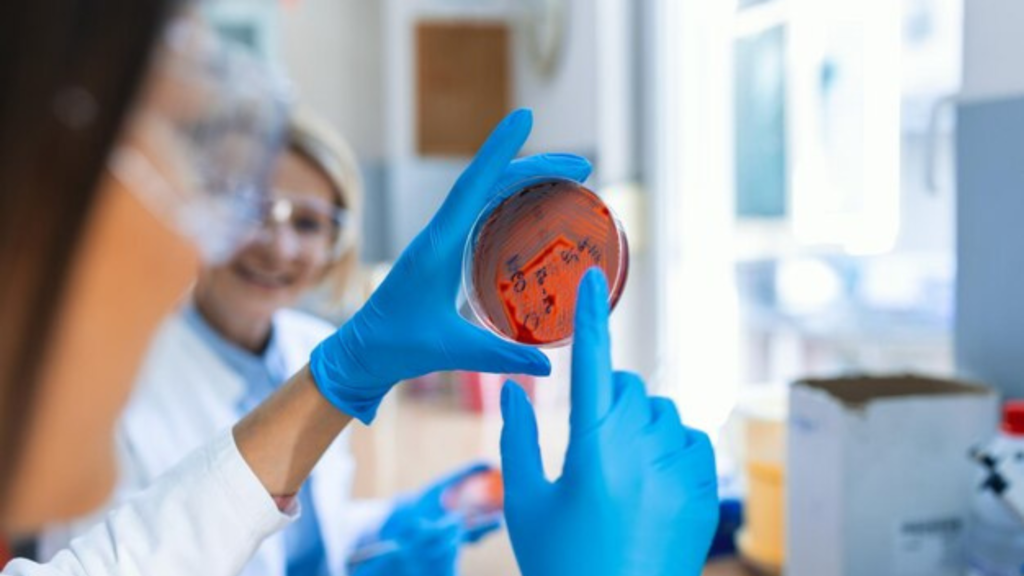
Bioprinting enables doctors to remap the current medical field through individualized organs matching specific patient biological characteristics. Scientists believe this breakthrough technology would lower transplant rejection risks owing to its potential to advance past the fundamental limitations of conventional surgical procedures.
Research focusing on bioprinting technology improvement targets methods for improving vascularization because living printed tissues and organs need complete blood vessel systems to exist healthily. Scientific progress in stem cell research combined with developments in biomaterials supports development of advanced fully functional physical organs including kidneys, hearts and livers.
Conclusion
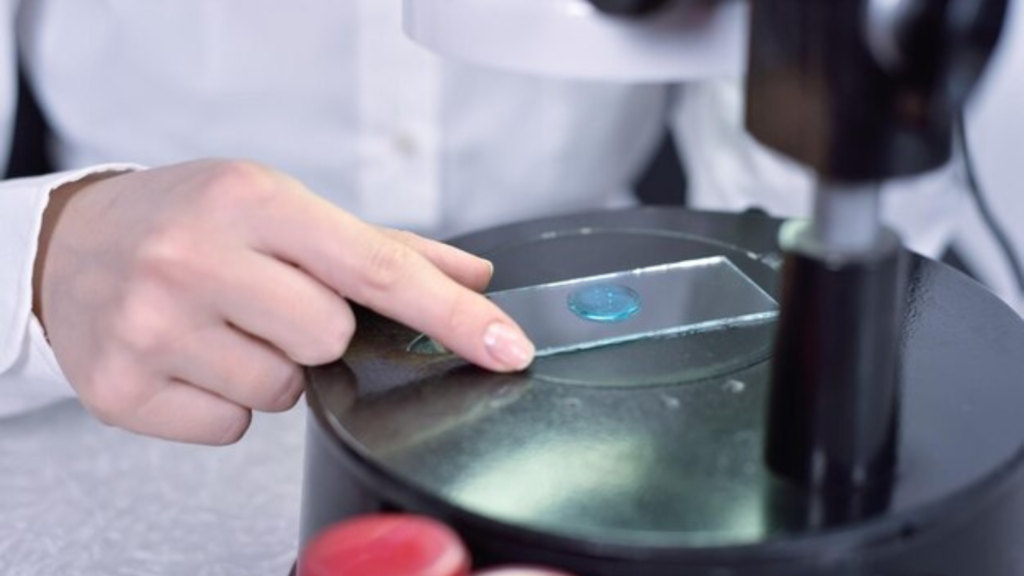
The future of organ transplant is finer than ever, with bioprinting technology, handling with the severe scarcity of donor organelles. This area of medicine is far from perfect, but the advances made in this brand new field can restore the tradition of thinking about transplants and hope. As more studies and advancements ensue in the future, bioprinting may prove to give specific patients a second chance at a healthier life span, with escape from a donor organ.
In Conclusion, Bioprinting binds to an eventual future in which medical transplantation constraints vanish due to its capability as a perpetual life-preserving method for numerous patients. The fast pace of research indicates the technology will move beyond experimental control and establish itself as a fundamental medical solution which will reshape our current healthcare system. Bioprinting stands to become an accepted medical technology thanks to government mandates and medical organizations ensuring both safety and effectiveness so it can help reduce worldwide organ shortages.





